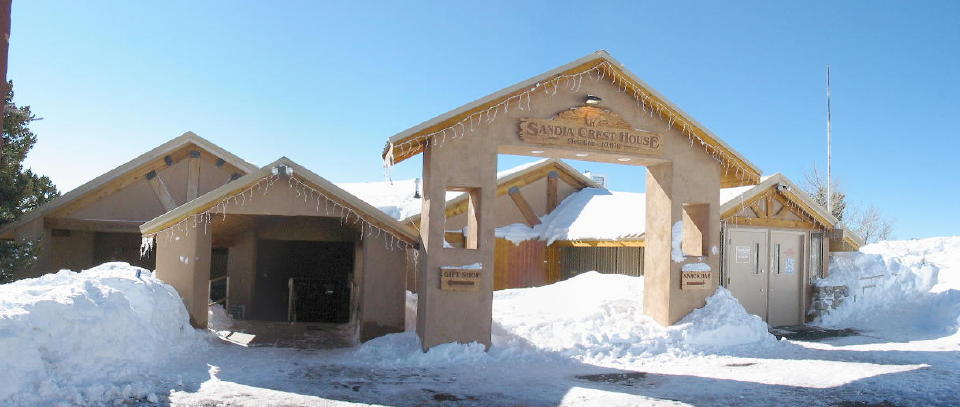 As we await the annual arrival of the flocks of rosy-finches at the feeders arrayed around the picture windows of the Sandia Crest House, our anticipation is tempered by some anxiety, for this Gift Shop and Restaurant is likely to undergo a change of ownership.
As we await the annual arrival of the flocks of rosy-finches at the feeders arrayed around the picture windows of the Sandia Crest House, our anticipation is tempered by some anxiety, for this Gift Shop and Restaurant is likely to undergo a change of ownership.
For several years we have grown accustomed to the style of the present management. They have welcomed birders with open arms and themselves become watchers and protectors of these hardy little birds that sweep down from the north and northwest to brave the wind and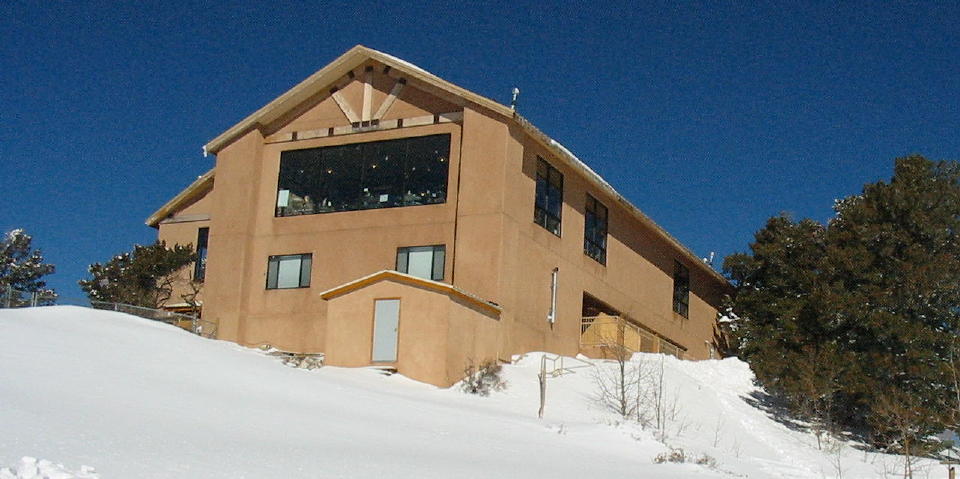 cold and enjoy the seeds and feeders so generously donated by local merchants. They have allowed the bird banding crew to enter early to set up and operate before their usual opening time, and cheerfully put up with the tripods of cameras and spotting scopes that sometimes obstruct other patrons’ views of the magnificent scenery.
cold and enjoy the seeds and feeders so generously donated by local merchants. They have allowed the bird banding crew to enter early to set up and operate before their usual opening time, and cheerfully put up with the tripods of cameras and spotting scopes that sometimes obstruct other patrons’ views of the magnificent scenery.
Change always breeds uncertainty, and there is no reason to believe that the new owners would be any less welcoming. After all, it seems to be good for business, especially in the dead of winter when fewer tourists wish to drive the 13 miles to the windy and cold 10, 678 foot summit. Since the rosy-finch feeders have been in operation, over 1000 birders from nearly every state and over a dozen 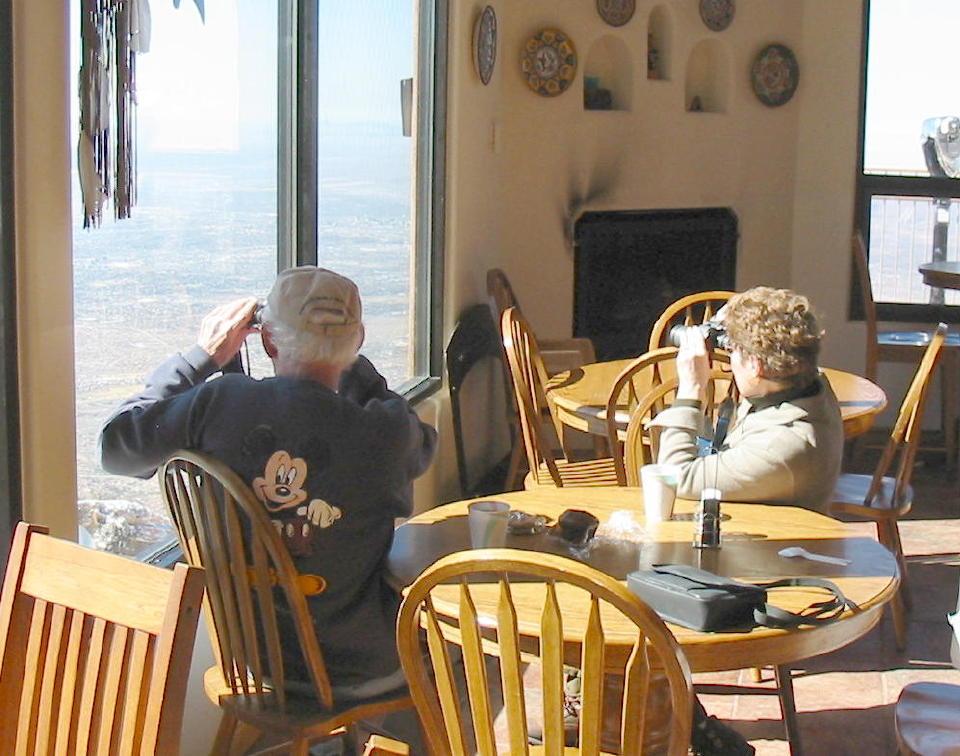 foreign countries have gone to the trouble of entering their sightings in the log that is located in the US Forest Service desk in a corner of the Gift Shop. Since only a small minority of birders sign in, the actual number of “avi-tourists” may be 10 to 20 times that many– 10,000 plus since 1999. Many of these people would have never heard of the place, much less visited, if it were not for the reputation of Sandia Crest as the “Rosy Finch Capital,” and the Sandia Crest House its “Capitol.” One indicator of the connection between the bird and the building is the fact that a Google search of “rosy finch” + “Sandia Crest House” yields 263 hits, while Sandia Crest House is associated with “gifts” 248 times and “food” only 217 times.
foreign countries have gone to the trouble of entering their sightings in the log that is located in the US Forest Service desk in a corner of the Gift Shop. Since only a small minority of birders sign in, the actual number of “avi-tourists” may be 10 to 20 times that many– 10,000 plus since 1999. Many of these people would have never heard of the place, much less visited, if it were not for the reputation of Sandia Crest as the “Rosy Finch Capital,” and the Sandia Crest House its “Capitol.” One indicator of the connection between the bird and the building is the fact that a Google search of “rosy finch” + “Sandia Crest House” yields 263 hits, while Sandia Crest House is associated with “gifts” 248 times and “food” only 217 times.
An example of the publicity that this little establishment has gained is this article in Birder’s World, and local articles such as this one from the local East Mountain Telegraph. Several local merchants have adjusted their policies and even offered discounts to bino-wielding diners and guests. It is too bad that there has never been an objective evaluation of the economic impact of the birders who flock to the Sandias– not only in winter, but because of the “halo” effect of discovering wonderful 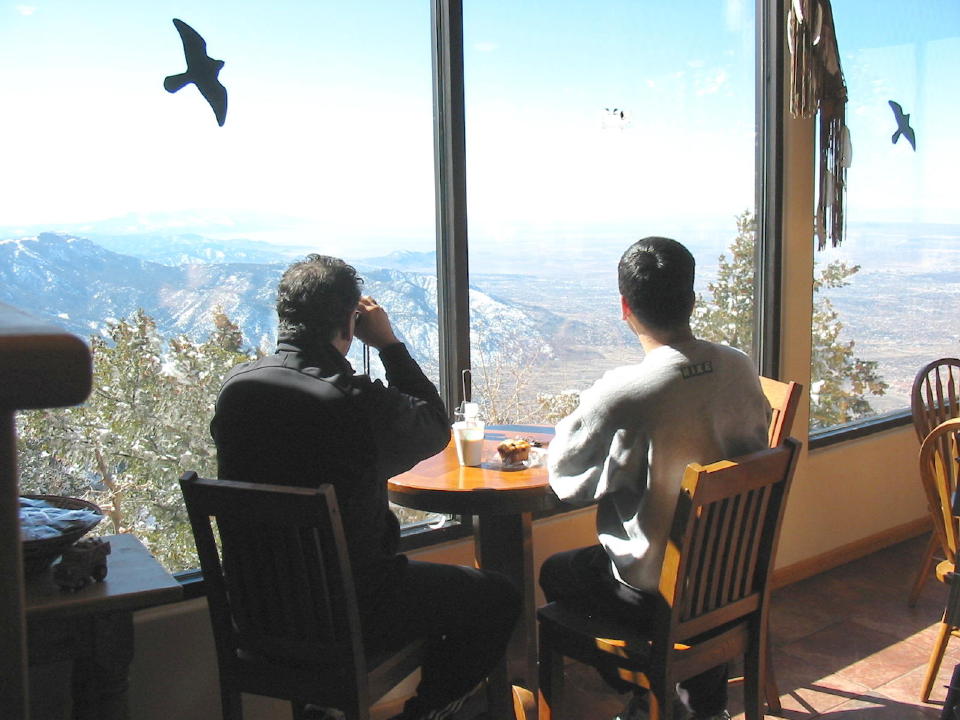 year-round birding in some very accessible and beautiful locations nearby: The Bird Log at Capulin Spring, Ojito de San Antonio (now open to birders), Cienega Canyon, Tres Pistolas, Otero Canyon, to mention just a few. The road to Sandia Crest is itself a “birding destination.”
year-round birding in some very accessible and beautiful locations nearby: The Bird Log at Capulin Spring, Ojito de San Antonio (now open to birders), Cienega Canyon, Tres Pistolas, Otero Canyon, to mention just a few. The road to Sandia Crest is itself a “birding destination.”
Yet it will certainly take a period of adjustment for any new proprieter to understand the attraction of these little and undistinguished birds… to realize that they were considered “rare” until the Crest House, the Central New Mexico Audubon Society and the US Forest Service entered into a partnership to attract them. There will be some head scratching, just as there is on the part of non-birding tourists who often themselves get caught up in the excitement of seeing scores of rosy-finches, wheeling, dipping and rising along the mountain ridge, hoping that they might land at the feeders just one more time and stay just a few minutes longer.
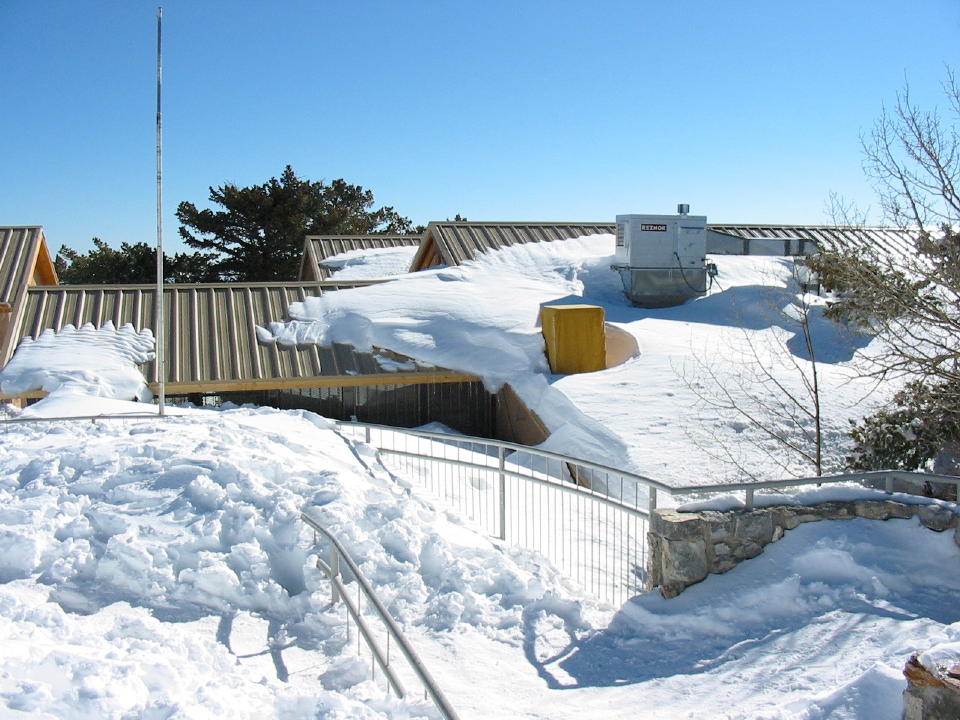 The “Rosies” will be arriving soon, in early November. Hordes of birders from around the country will coordinate their schedules to permit them to attend The Festival of the Cranes at Bosque del Apache National Wildlife Refuge and fit in a visit to Sandia Crest on their way back to the Albuquerque airport. We hope that if, indeed, there is new management at the Crest House, that visiting birders will help them appreciate the fragile beauty of these avian wanderers, as well as the economic rewards of continuing to serve as their gracious host.
The “Rosies” will be arriving soon, in early November. Hordes of birders from around the country will coordinate their schedules to permit them to attend The Festival of the Cranes at Bosque del Apache National Wildlife Refuge and fit in a visit to Sandia Crest on their way back to the Albuquerque airport. We hope that if, indeed, there is new management at the Crest House, that visiting birders will help them appreciate the fragile beauty of these avian wanderers, as well as the economic rewards of continuing to serve as their gracious host.












